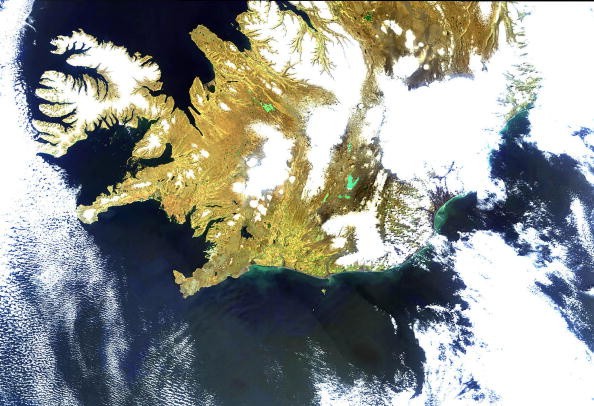A piece of land whose size is 2 million square miles - about half as large as Australia - sits around 3,500 feet beneath the South Pacific .
But researchers are not able to come to a conclusion whether this hidden landmass, referred to as Zealandia, is either a continent or not.

Zealandia
In 2017, a team of geologists identified it as one, but some researchers are still not convinced.
A geologist named Nick Mortimer from New Zealand's GNS Science and also the leader of the 2017 group, told Insider, "It's not like a mountain, country, or planet. There is no formal body to approve a continent."
While the continent's definition is controversial, Mortimer's group proposes that a continent should possess plainly defined boundaries, settle in an area larger than 1 million square kilometers (386,000 square miles), be raised above the neighboring ocean crust, and possess a continental crust harder than that oceanic crust.
The submerged landmass (Zealandia) meets all those conditions.
Mortimer said: "If you were to drain the oceans, Zealandia would stand out as a well-defined, high-standing plateau above the ocean floor. He considers it the thinnest, most submerged, and smallest continent."
Also Read : 'Icelandia': Scientists Believe They Have Identified a Sunken Continent Hidden Under Iceland
Gondwana
But, the problem, was that till now, the most aged crust and rock that has ever been sampled from the submerged landmass was only about 500 million years old, while all the other continents have a crust that is about 1 billion years old or even more.
However, a recent study revealed that a portion of the hidden continent is two times as old as geologists believed before now, and this could encourage the argument Mortimer made.
In 1995, geophysicist Bruce Luyendyk came up with the term Zealandia, and this term is consists of New Zealand and an accumulation of submerged chunks of crust that separated Gondwana - an ancient supercontinent - around 85 million years ago.
A greater part of it (about 94 percent ) is underwater - Zealandia became submerged under the waves around 30 million to 50 million years following its breakage off Gondwana. Making it a challenging landmass to study.
Rodinia
A New Zealand geologist and also a co-author of the study whose name is Rose Turnbull said in a press release, "this new study ticks that final continental box. There is no longer any doubt that we live on top of a continent."
The geologists responsible for the recent research observed 169 chunks of Zealandia granite discovered beneath the South and Stewart Islands of New Zealand. Granite develops when magma forms crystals deep within the Earth's crust.
The team was capable of determining the age of the crystals themselves and of the crust in which they developed by collecting microscopic crystals from the granite.
The outcome revealed that there was a time crust was part of another supercontinent called Rodinia and this supercontinent formed between 1.3 billion and 900 million years ago.
Related Article: Map of 'Lost' Continent Zealandia That Disappeared 23 Million Years Ago Ultimately Revealed!
For more news, updates about Zealandia and similar topics don't forget to follow Nature World News!
© 2025 NatureWorldNews.com All rights reserved. Do not reproduce without permission.





